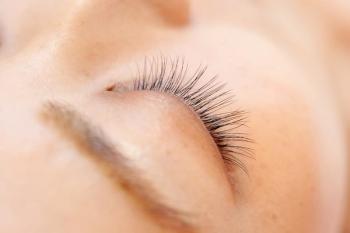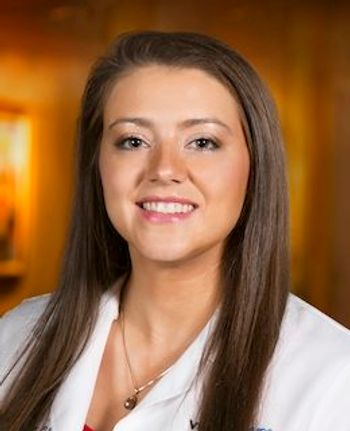
Potentially hazardous eye care products recalled nationwide
BRS Analytical Service, LLC, an independent contract testing laboratory, initiated the recall because of possible concerns about product quality and safety linked to the manufacturing process. An FDA audit revealed serious manufacturing violations of Current Good Manufacturing Practice.
A voluntary product recall issued on May 12 stated several eye care products have been recalled nationwide due to potential safety risks. More than 70,000 items have been recalled in the US.
BRS Analytical Service, LLC, an independent contract testing laboratory, initiated the recall because of possible concerns about product quality and safety linked to the manufacturing process. An FDA audit revealed serious manufacturing violations of Current Good Manufacturing Practice.
The FDA gave its second-highest warning rating (a Class II risk) to 5 ophthalmic solutions because of violations of current manufacturing practices. The products involved are as follows:
- Artificial Tears Ophthalmic Solution (NDC# 50268-043-15)
- Carboxymethylcellulose Sodium Ophthalmic Gel 1% (NDC# 50268-066-15)
- Carboxymethylcellulose Sodium Ophthalmic Solution (NDC# 50268-068-15)
- Lubricant Eye Drops Solution (NDC# 50268-126-15)
- Polyvinyl Alcohol Ophthalmic Solution (NDC# 50268-678-15)
This risk level is defined as “a situation in which use of or exposure to a violative product may cause temporary or medically reversible adverse health consequences or where the probability of serious adverse health consequences is remote."
No specific health hazards were mentioned, but the deviations from the Current Good Manufacturing Practice may result in “products of unacceptable quality” and risks to patients could not be ruled out completely.
All of these products were distributed by AvKARE, of Pulaski, TN, and all were distributed between May 26, 2023, and April 21, 2025. Consumers were advised to stop using the products and to return them.
AvKARE stated, "We will issue full credit including shipping cost for any returns.”
Customers are instructed to complete the
Newsletter
Want more insights like this? Subscribe to Optometry Times and get clinical pearls and practice tips delivered straight to your inbox.


















































.png)


